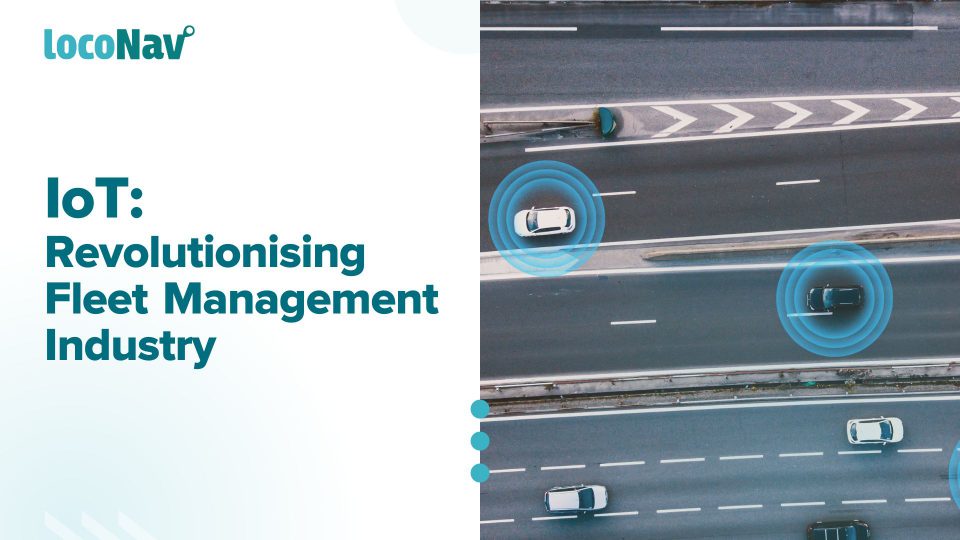

The integration of Internet of Things (IoT) technology has emerged as a powerful catalyst for change in an era defined by digital transformation. Fleet management, a vital aspect of modern business operations, has been profoundly impacted by this technological leap. This article serves as your navigation guide through the IoT revolution in fleet management, offering insights into its components, real-world applications, and the significant advantages it brings to the table.
Understanding the IoT Ecosystem
At its core, IoT involves a network of interconnected devices, sensors, and vehicles, all communicating seamlessly over the internet. In the context of fleet management, this ecosystem consists of several key components:
- Telematics Devices: These small, powerful devices are installed in vehicles, serving as the primary data collectors
- Sensors: Various sensors, including GPS, temperature, and pressure sensors, gather critical information about vehicle conditions and the environment
- Communication Networks: IoT relies on robust communication networks, ensuring data flows smoothly between vehicles and central systems
- Cloud Infrastructure: The cloud serves as the nerve centre, processing and storing vast amounts of data generated by the fleet
Real-time Fleet Visibility
One of the immediate benefits of IoT in fleet management is real-time visibility. Through GPS tracking and sensor data, fleet managers gain instantaneous insights into their entire operation. This real-time view offers a host of advantages:
- Optimised Dispatch: Managers can efficiently assign tasks, match vehicles to jobs, and respond dynamically to changing circumstances
- Enhanced Security: Real-time tracking acts as a potent deterrent against theft and unauthorised use
- Improved Customer Service: Accurate ETAs and delivery updates lead to higher customer satisfaction
- Route Optimization for Efficiency: IoT-driven route optimization considers factors like traffic conditions, weather, and delivery schedules to create efficient routes. These optimised paths save time, reduce fuel consumption, and boost overall productivity
Data-Driven Decision Making: Predictive Insights for a Competitive Edge
IoT isn’t just a technological leap; it’s a strategic advantage. Businesses that embrace IoT in fleet management gain a competitive edge:
- Efficient Operations: Improved efficiency and cost savings lead to higher profitability
- Customer Satisfaction: Real-time tracking and accurate ETAs enhance customer service
- Environmental Responsibility: IoT aids in eco-friendly operations, reducing the carbon footprint
IoT’s real magic lies in its ability to transform raw data into actionable insights. Fleet management systems harness the power of data analytics to drive decision-making:
- Predictive Maintenance: By analysing vehicle diagnostics and wear-and-tear patterns, predictive maintenance programs can be developed, reducing downtime and repair costs
- Fuel Efficiency: Data on fuel consumption, idling times, and driving behaviours help optimise routes and reduce fuel costs
Enhanced Safety and Compliance
IoT devices continuously monitor driver behaviour in real-time, identifying risky actions such as harsh braking, speeding, and distracted driving. These insights lead to improved safety records and reduced accidents.
Moreover, IoT simplifies regulatory compliance by automating record-keeping and reporting, ensuring adherence to industry standards such as Hours of Service (HOS) requirements.
Charting the IoT Course
The IoT revolution in fleet management is reshaping the industry’s landscape. Embracing this transformation isn’t a choice; it’s a strategic imperative. By navigating the IoT waters effectively, businesses can streamline operations, reduce costs, enhance safety, and stay competitive in a rapidly evolving business environment. As IoT continues to evolve, early adopters will continue to set the course for the future of fleet management.